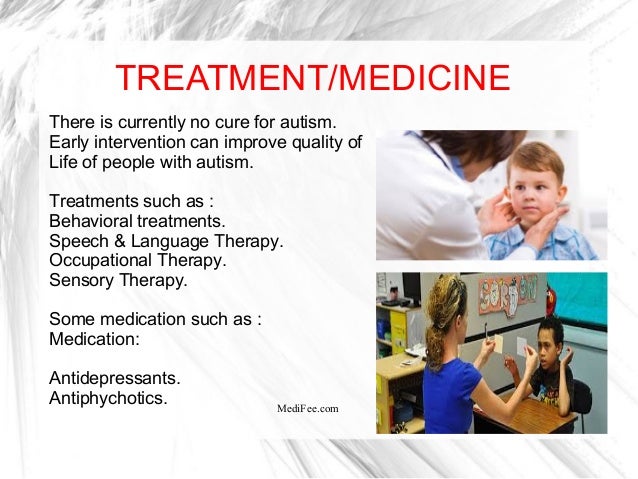- Published on
Autism Treatment: PAX-101
- Authors
- Name
- Jake Konigsberg
- Role
- Founder
While for autism spectrum disorders there may be therapies or medications to try and help manage the symptoms, there are currently no cures for it. However, as time progresses, the treatments and interventions that are available are improving and further reducing the symptoms. One drug that is currently in development, not yet approved by the FDA, showing promising results in PAX-101.
It has been suggested that impaired communication between cells in the brain, gut, and immune system (AKA metabolic dysfunction) cause autism spectrum disorders. This dysfunction is caused by a constant cell danger response (CDR) which is a cellular reaction to injury. CDR helps protect the cell and helps it heal, but when CDR does not stop, it prevents the cell from healing and instead causes them to behave as if they were still injured and alters cellular homeostasis causing chronic diseases like autism. PAX-101 is an anti purinergic receptor which means that it inhibits the binding of ATP, a molecule which is released from the cell acting as a danger signal during CDR, to purinergic receptors which aid in communication between nerves and non-nervous cells in the brain. In other words, PAX-101 helps stop the communication to cells necessary to activate the cell danger response, reducing many of the major symptoms associated with autism spectrum disorder. Overall, PAX-101 is a case for great optimism in the treatment of autism spectrum disorders as it helps target autism of medium to high severity and reduces the major symptoms, greatly improving the quality of life for those afflicted with autism.
